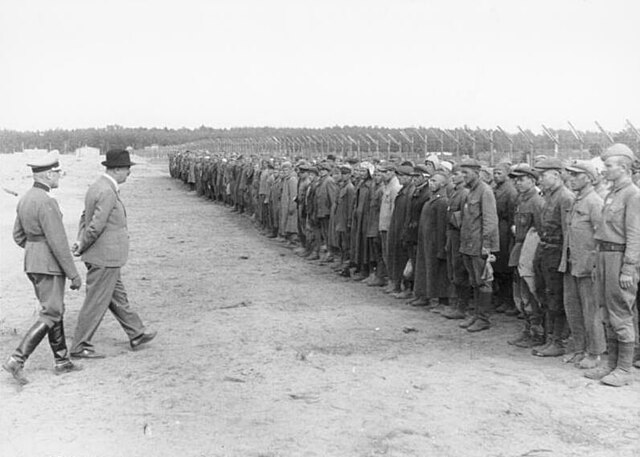Share this Story
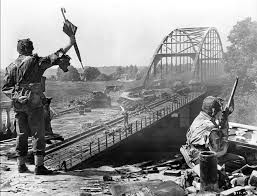
A Bridge too Far:
From Arnhem to Captivity – the journey of Marecheal Niel and the 3rd Btn Paras
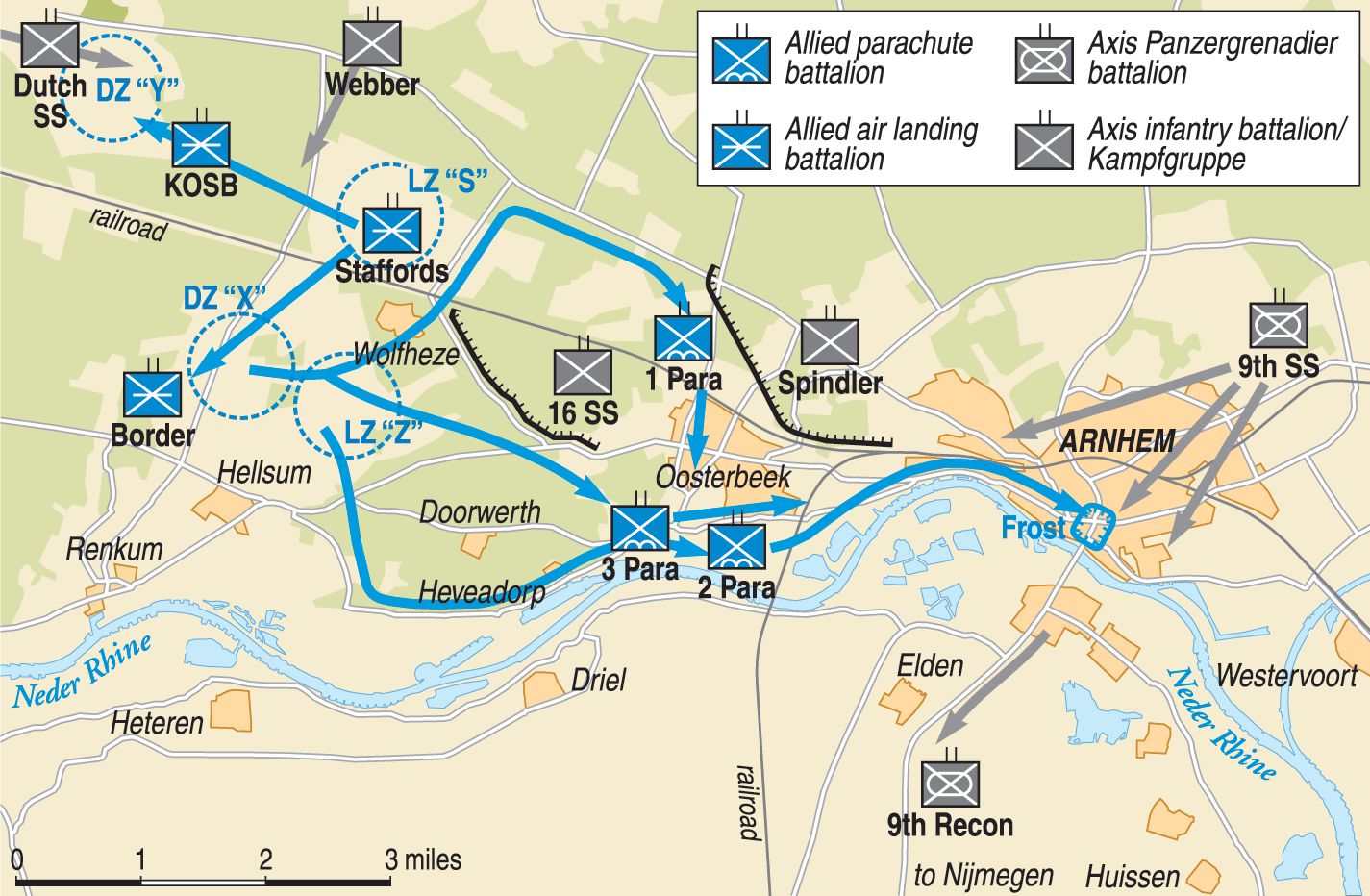
The Battle of Arnhem, part of the audacious Operation Market Garden, was one of the most significant engagements of World War II. Intended to deliver a decisive blow against German forces by seizing key bridges and creating a pathway into the heart of the Reich, the operation was bold but fraught with risk. Central to this daring mission was the 3rd Battalion, Parachute Regiment, led by the indomitable Lt. Col. John Frost. Among the ranks was my partner’s great-uncle Marecheal [“Mar-shull”] Niel, a soldier whose journey in this operation became a testament to resilience in the face of unimaginable adversity.
On September 17, 1944, the British 1st Airborne Division, under Lt. Gen. Frederick “Boy” Browning, took to the skies. Their objective was clear: secure and hold the bridges leading into Arnhem until reinforcements from the British 30 Corps arrived. Frost’s 3rd Battalion, comprising around 740 paratroopers, was assigned the critical task of capturing the northern end of the Arnhem road bridge. This key location was essential to the success of the operation, as its control would allow Allied forces to push across the Rhine into Germany.
The Airborne Drop
The operation began with the largest airborne assault of the war to date. Frost’s battalion parachuted into the Dutch countryside west of Arnhem, alongside thousands of other Allied paratroopers. However, complications arose almost immediately. The drop zones were located nearly eight miles from their objective, forcing the battalion to cover significant ground on foot while carrying heavy equipment. Worse still, the element of surprise was fleeting; the Germans, having anticipated such a move, were ready to respond.
The landscape of Arnhem proved both a blessing and a curse. The paratroopers encountered dense woods and narrow roads, which slowed their progress but also provided some cover. Along the way, they faced sporadic resistance from German forces, including elements of the 9th and 10th SS Panzer Divisions, both of which were resting and refitting in the area. These elite units, equipped with tanks and heavy weaponry, quickly mobilized to counter the airborne assault. German accounts, such as those of Oberfeldwebel Kurt Ziegler of the 9th SS Panzer Division, suggested that the paratroopers were a formidable force.
Despite these challenges, Frost’s leadership and the discipline of the 3rd Battalion ensured they pressed on. Their journey was marked by skirmishes, confusion, and moments of extraordinary bravery.
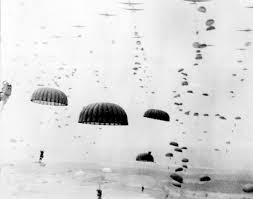
We were dropping into an area that was already occupied by the enemy. The drop itself was chaotic, but the real test was getting to our objective. We knew it was going to be hard from the start.
2nd Lt. Edward “Ted” Weiner, 3rd Bn Parachute Regiment
We did not expect them to drop so close, and they fought with tenacity. They were well trained, and it took everything we had to push them back.
Oberfeldwebel Kurt Ziegler, 9th SS Panzer Division
We knew what was at stake. We didn’t stop; we couldn’t afford to stop
Sergeant Major Frank Thompson, 3rd Bn Parachute Regiment
A Race Against Time
While Frost’s battalion advanced, other units of the British 1st Airborne Division encountered significant delays. Miscommunication, equipment failures, and unexpectedly stiff German resistance caused many to fall behind schedule. Radio equipment failures further compounded the chaos, leaving Frost’s battalion increasingly isolated.
“We knew that if we didn’t get to that bridge and hold it, all was lost. The Germans were getting stronger, and we were getting weaker. It was as simple as that.”
Major Freddie Gough, 3rd Bn Parachute Regiment
Nevertheless, by the evening of September 17, the 3rd Battalion achieved their objective. They reached the northern end of the Arnhem road bridge, securing a foothold in nearby buildings and preparing for the inevitable German counterattack. Their success was critical but came at a cost: they were now alone, cut off from the rest of the division, with dwindling supplies and no immediate prospect of reinforcements.
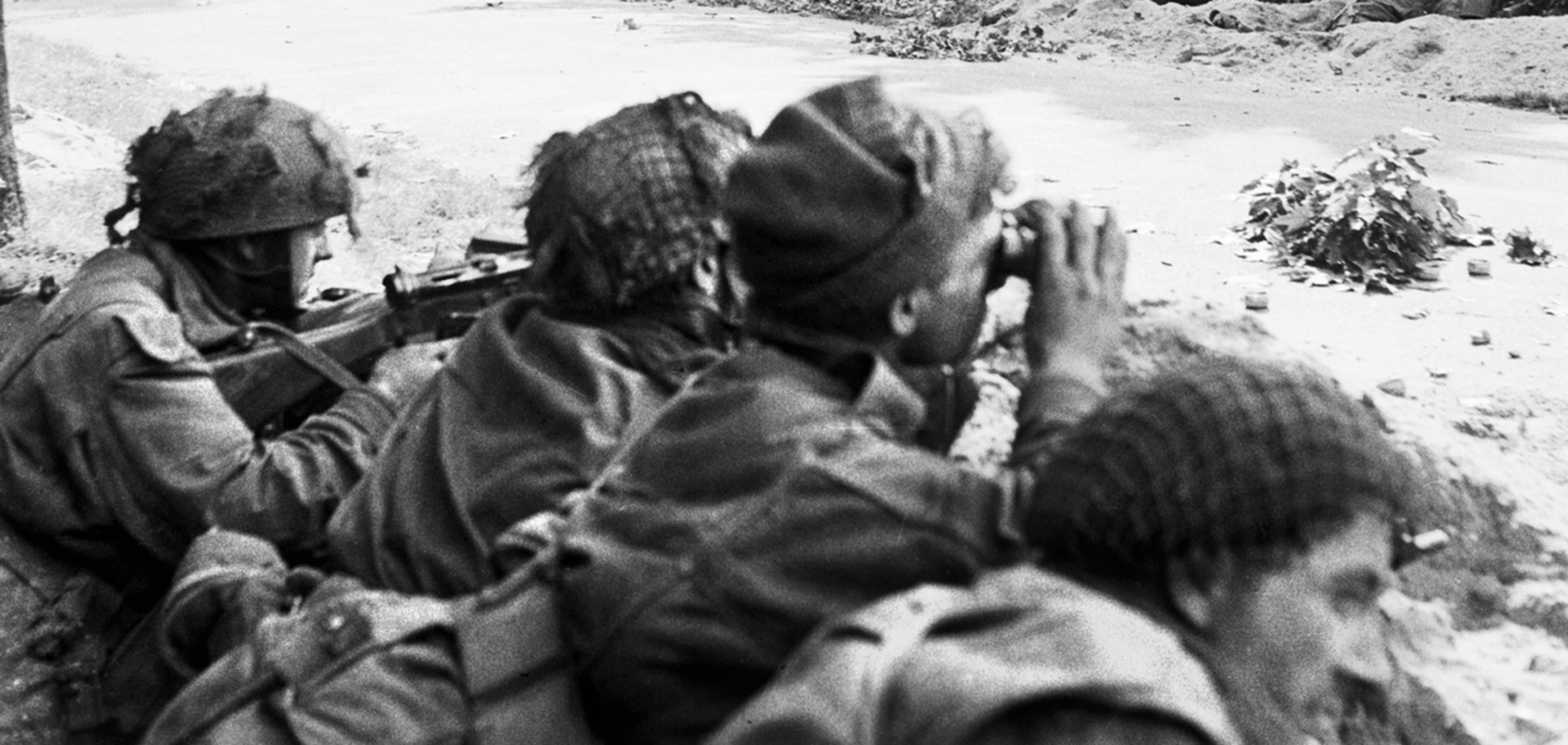
The Calm Before the Storm
As night fell, the paratroopers dug in, fortifying their positions in anticipation of the German response. Frost and his officers, including Maj. Freddie Gough and Capt. Tony Hibbert, worked tirelessly to organize the defense. Improvised barricades, sniper positions, and anti-tank weapons were positioned to maximize their limited resources.
German sources indicated that the enemy’s confidence grew as they planned their counteroffensive. “They were isolated, and we could smell victory. We knew that we could take them down easily,” noted Obersturmführer Heinz Müller, a member of the 10th SS Panzer Division, in his memoirs.
Morale remained high among the British paratroopers, buoyed by the belief that 30 Corps would soon arrive to relieve them. Yet, unbeknownst to the men of the 3rd Battalion, the Germans were preparing a massive counteroffensive. The 9th and 10th SS Panzer Divisions, commanded by SS-Standartenführer Walter Harzer and SS-Oberführer Heinz Harmel, were gathering strength, intent on crushing the British presence at the bridge.
The Human Cost
Of the original 740 men who parachuted into Arnhem with Frost’s battalion, only a fraction would survive the coming days. Their story, though tragic, is one of extraordinary courage and resilience. For Marecheal Niel, this was just the beginning of a harrowing journey that would take him from the chaos of the battlefield to the confines of a German POW camp.
This first chapter in the story of the 3rd Battalion’s stand at Arnhem sets the stage for one of the most heroic and desperate defenses of the war. Stay tuned as we delve deeper into their battle at the bridge, the brutal conditions they endured, and the legacy they left behind.
“The men were driven by a deep sense of duty. They knew the stakes, and they knew the cost, We were fighting not just for survival, but for the cause we believed in.”
Capt. Tony Hibbert, 3rd Bn Parachute Regiment
Next in the Series: The Stand at Arnhem: 3rd Battalion’s Heroic Defense
Share this Story
The Stand at Arnhem – The 3rd Battalion’s Heroic Defense
Share this Story A Bridge too Far: The Stand at Arnhem – The 3rd Battalion’s Heroic Defense The story of Arnhem’s bridge is one of extraordinary courage, bitter determination, and unrelenting sacrifice. On September 17, 1944, Lt. Col. John Frost’s…
From Arnhem to Stalag XI-B – The Harrowing Journey of Capture, Captivity, and Liberation
Share this Story A Bridge too Far: From Arnhem to Stalag XI-B – The Harrowing Journey of Capture, Captivity, and Liberation The Battle of Arnhem had ended in chaos and defeat for the British 1st Airborne Division, but for the…
The Death March – Endurance in the Face of Collapse
Share this Story A Bridge too Far: The Death March – Endurance in the Face of Collapse For the men of the 3rd Battalion, survival didn’t end with the battle at Arnhem. Nor did it end behind the wire at…
After Arnhem – Memory, Silence, and the Stories We Carry
Share this Story A Bridge too Far: After Arnhem – Memory, Silence, and the Stories We Carry Commemoration service for the Battle of Arnhem. Photo Credit: AFP Not every battle ends when the shooting stops. Some battles carry on quietly for…



